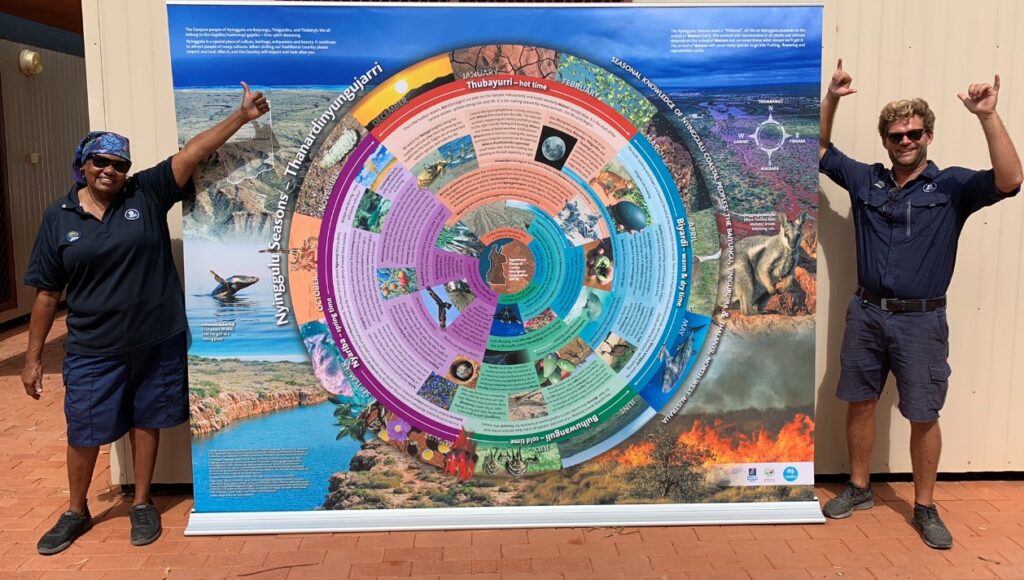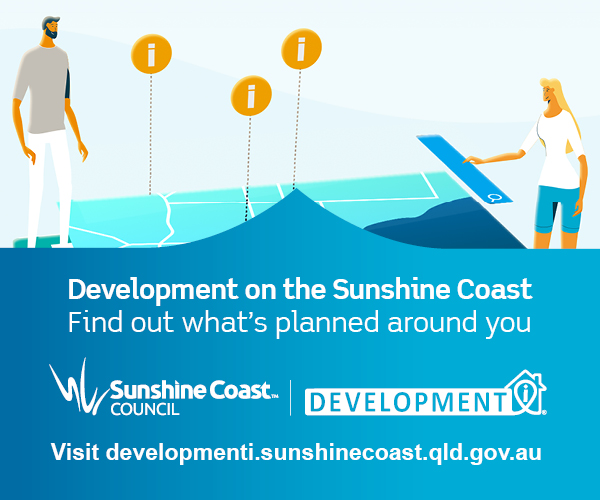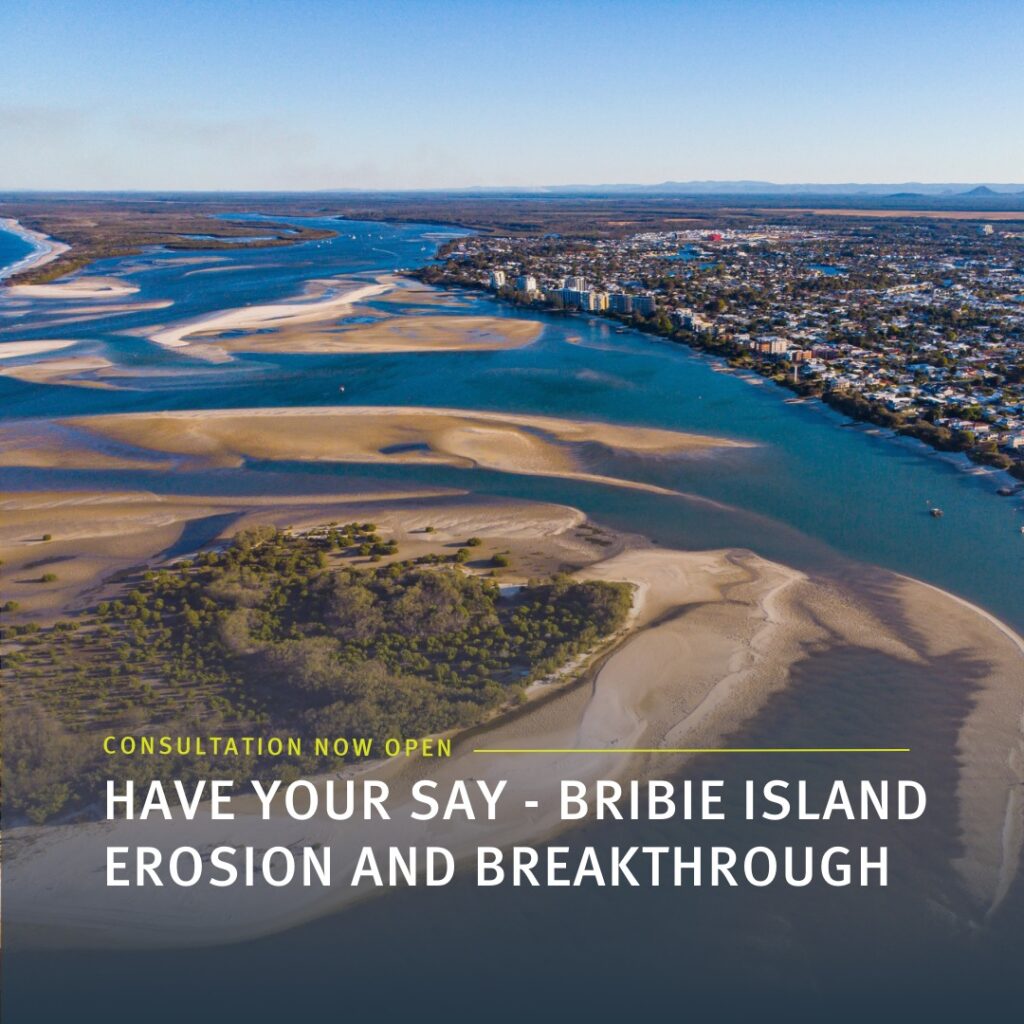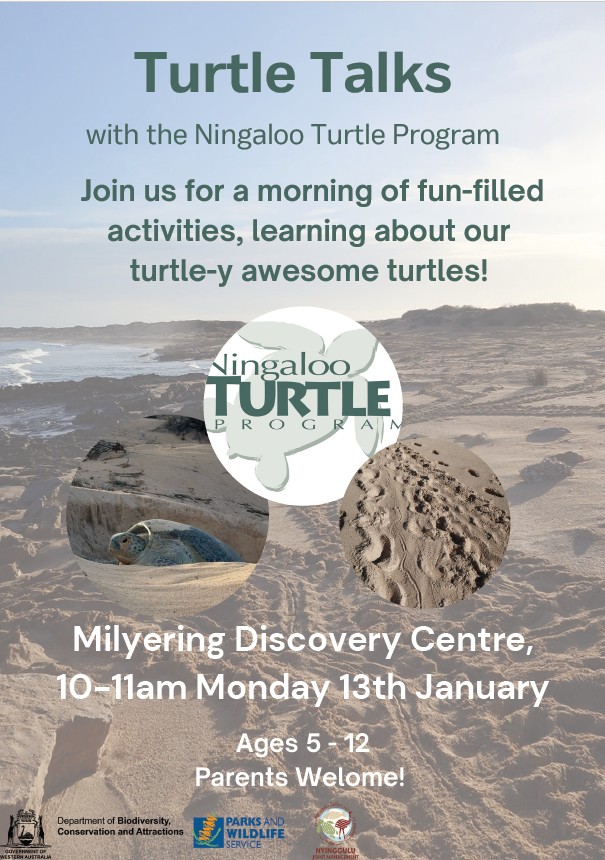How do Australians perceive tourism in Australia?
I wanted to see how residents in Australia perceive sustainable tourism. We have this kind of research here in Italy. Unfortunately, I could not find anything specific, but I discovered interesting reports.

I found research on the topic published in 2019 by UNWTO (now UNTourism) and IPSOS. The answers are very similar to older research dated 2008 and 2010 regarding specific locations in Australia, such as the Sunshine Coast and from the case I found about Ningaloo Coast, North West Cape, Western Australia.
The survey conducted by the World Tourism Organisation (UNWTO) and Ipsos reveals that tourism is seen as a double-edged sword. For example, 52% globally (72% in Australia) think tourism generates wealth and income, while 46% (52% in Australia) believe it creates overcrowding.
The research was carried out in 15 countries and examined residents’ perceptions of city tourism, its impacts, and the most adequate strategies to manage growing tourism flows. It was conducted online among adults aged under 65 and revealed a variety of attitudes and perceptions across the globe regarding tourism.
Positive Impacts of Tourism
- Seven in ten (72%) Australian respondents believe tourism has a high or moderate impact on creating wealth and income in their city, making us the most likely country to see this benefit. On average, just over half (52%) of people across 15 countries believe tourism generates wealth and income.
- Six in ten (61%) Australian respondents believe tourism creates new offers and leisure activities, whereas on average, half (50%) of the respondents across 15 countries believe the same.
Australia ranked third behind Sweden (74%) and Argentina (63%) regarding this tourism benefit.
- Six in ten Australians also believe tourism creates more jobs in their city (59%) and creates intercultural exchanges (58%), while globally the average was 48% and 51% respectively.
- Australians are the 2nd most likely to believe tourism creates jobs, but only the 5th most likely to believe in creating intercultural exchanges.
Negative Impacts of Tourism
- Over half (56%)of Australian respondents believe tourism increases the cost of goods and services in their country, while the global average was 45%. Australians were the second most likely to view this as a negative impact of tourism.
- Half (51%) of Australian respondents believe tourism creates overcrowding, while the average globally is 46%.
- Half (51%) of Australian respondents also believe tourism increases the cost of housing in their city, while the global average was 45%.
- Four in ten (42%) Australian respondents believe tourism increases the cost of transport in their city, while the global average is 36%.
Better Management of Tourism
- Given that results show Australians are strong on both the positives and negatives of tourism, it was not surprising that there was a split regarding measures to manage tourism better. In line with the global average (47%), 49% of Australian respondents felt measures should be taken to manage tourism better, while 51% felt measures did not need to be in place.
- Among those who believe there should be measures to manage tourism better, the ones most supported were:
- Ensure local communities benefit from tourism (78% vs 65% globally);
- Improve infrastructure and facilities (76% vs 72% globally);
- Create experiences and attractions that benefit residents and visitors (70% vs 71% globally).
- Only 17% of Australian respondents think the number of tourists should be limited, compared to 12% globally.
Ensure local communities benefit from tourism
Regarding the first indicated measure, I found two cases, Ningaloo and Sunshine Coast.
It was interesting to find the case of Ningaloo, where research from Colin Barry Ingram for his thesis, Master of Philosophy of Curtin University of Technology (2008) highlighted the local community’s opinion that feels too managed by the Marine Park Authority. The report shows that the local community of Ningaloo needs to be considered, involved, and their needs listened to.
In the case of the Sunshine Coast, I want to highlight the finding that Australian locals are likely to support development that optimises positive impacts while minimising negative impacts of the tourism sector. However, each individual’s assessment of development impacts on the community will likely vary, making it almost impossible to develop a type of development that will receive everyone’s endorsement.
This is the result of the article published in the Journal of Travel Research · February 2010 by Christina Geng-Qing Chi and Dogan Gursoy of the Washington State University.

In both studies, the results led to suggestions.
To facilitate a consensus among locals, developers and policy makers should create opportunities for locals to participate in the planning and management of the development because locals have a historical understanding of how their community adapts to change and therefore they will be able to identify the most appropriate form of development for the community. – Sunshine Coast case
A 2004 management planning process for Ningaloo Marine Park has adversely affected the Ningaloo coast community’s perception of park management, culminating in significant constraints on recreational fishing access.
The planning process and the decision have been the focus of community anger.
The majority of the community members who participated in the study highly value the parks’ meeting their personal and collective social needs, particularly through recreational fishing and other forms of outdoor recreation.
While the local community understands the importance of maintaining environmental quality, it appears resistant to relinquishing personal benefits in favour of maintaining environmental quality.
The local community believes that the parks have a positive influence on their lifestyles and businesses, but park management is seen as having a largely negative or neutral influence. Thus, the local community perceives that it would survive and prosper without input from park management.
It is recommended
- a more balanced decision-making process involving the community and stakeholders in planning and management to find alternative forms of governance.
- Improve the coordination and input from the community
- Conduct regular workshops, open days and info nights to highlight the values of the protected area;
- Develop a communication and public relations strategy that encourages two-way communication
- Built staff capacity in communication, community interaction/ connection, sustainable development models, issue identification and management.
The proposals are specific to the cases studied, but are easily adaptable to different contexts.

Fast forward: 202x updates
It looks like the community and the park management have found a way to collaborate better.
- The Nyinggulu Joint Management Team (of Traditional Owners and Parks & Wildlife Service in WA), has produced ‘Thanardinyungujarri – The Seasons of Nyinggulu’ and shared it with the community in mid-2021 https://www.facebook.com/photo/?fbid=388043793356466&set=a.156794763148038
- Ningaloo Coast releases world’s first community-led resilience strategy to adapt World Heritage reef to climate change (2023) https://whc.unesco.org/en/news/2544
- The latest (Science)research from the Nyinggulu (2025) https://www.facebook.com/photo/?fbid=1105375391623299&set=a.156794763148038
- Ningaloo Turtle Team: fun, free community talk and activity session focusing on “Turtles of the Ningaloo”. https://www.facebook.com/photo/?fbid=1013600570800782&set=a.156794763148038
Sunshine Coast has a lively community including traditional, old and new residences https://www.facebook.com/groups/scmulticulturalnetwork?utm_source=sunshine%2Bcoast%2Bcouncil&utm_medium=website
https://www.facebook.com/SunshineCoastCouncil?
The new developments are written and shared with the community and the public. https://developmenti.sunshinecoast.qld.gov.au/ where it is also possibile to be updated about the New Sunshine Coast Planning Scheme Project.

Sources and inspiration
How do Australians perceive tourism in Australia?
https://www.ipsos.com/en-au/australians-view-tourism-double-edged-sword
The case of Sunshine Coast, Australia
https://espace.curtin.edu.au/handle/20.500.11937/21992
Click here to read the research
Ningaloo coast
https://espace.curtin.edu.au/handle/20.500.11937/1073
Click here to read the thesis
Sara
Would you like to subscribe to my newsletter? In English, I am using the LinkedIn newsletter. I want to use it because I understand more about who has subscribed via the LinkedIn profile. Here is the link: https://www.linkedin.com/newsletters/7107445901593313280/